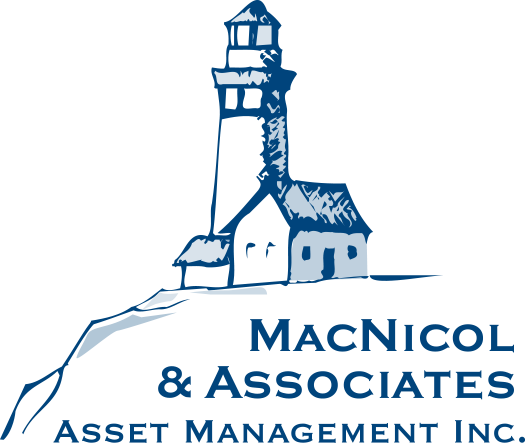Click here for the PDF: The Weekly Beacon – June 9 2023
We will be giving some macro economic market updates on a weekly basis. No equity recommendations will be given in this commentary, and we encourage you to contact us if you have questions regarding any observations.
Feel free to send in your pictures of lighthouses to be featured in our weekly commentary.
This weeks issue: Bank of Canada, FED, Mortgage rates, Interest rates, Sticky inflation, LIV and PGA merger, The Saudi Empire, Saudi Aramco, Tech giants, Market returns, Best stocks in 2023, SPAC bubble 2021, IPO market, Crypto funding, Venture capital investors, Bitcoin, Binance and Coinbase sued, FTX, Crypto fraud, SEC, Bankruptcy filings by year, Economic conditions, Office real estate, Private real estate as an investment, Canadian vs. U.S. real estate prices.
Venture money dries up
2022’s markets dried up investor capital. Capital raises slowed down and investment bankers had their lowest bonuses in years. IPOs slowed down, private capital dried up, and investors parked money on the sidelines. This trend was due to a number of factors.
The water tap (investor capital) that had been turned on to full over the last decade-plus had seemingly turned dry. When we say the tap, we mean both private and public market investors. Where IPO and venture capital proceeds surged over the last decade and peaked in 2021. The peak was at the same time as the height of the SPAC bubble.
We know some of the companies that raised capital over this time were strong with massive growth opportunities and used the investor capital to scale, become profitable and create value for their shareholders but others did not.
Many companies that had raised capital via public markets were cash-burning, investor-destroying, and unprofitable companies that had no business being listed on a public exchange. This problem was a major reason that caused the SPAC bubble to burst, with immature companies who were in the venture phase being eaten up by retail investors who did not understand the J curve. The public market volatility also was more than likely detrimental to many of these companies.
Look at many of the companies that IPO’d or that raised capital between 2019-2021. Most of their share prices are well below their initial price. It’s almost like these companies and their investors wanted some public liquidity to sell shares. How do you do this? You IPO or raise public capital to free up personal liquidity. We are only speculating on this front but many of the founders did sell a chunk of their shares when their lockup period ended.
Click here for the PDF: The Weekly Beacon – June 9 2023

